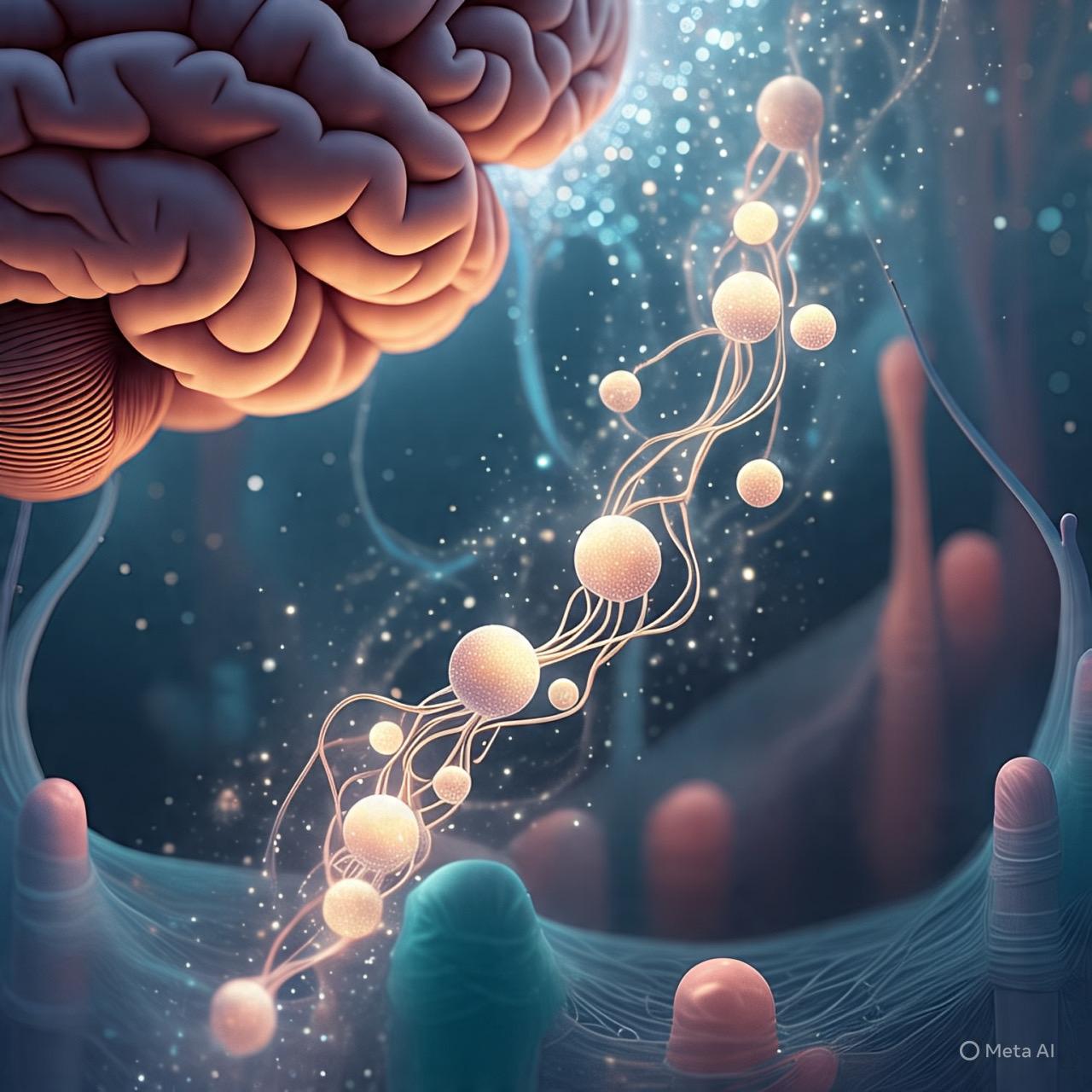How Humidity Affects Our Perception of Temperature — a Glimpse of Wonder entry™ —
Have you ever noticed how dry winter air feels colder, even when the thermostat says the temperature hasn’t dropped? Or how, in the height of summer, the humidity in the air can feel stifling, as though you’re walking through water? These sensations are deeply tied to how humidity interacts with our body’s natural ability to regulate temperature. Let’s explore the science behind these effects, the ideal conditions for comfort, and some surprising health considerations related to humidity.
The Science Behind Humidity and Temperature Perception
Humidity refers to the amount of water vapor in the air. While the air temperature might remain constant, the level of humidity can significantly influence how warm or cool it feels to us. Here’s why:
1. Dry Winter Air
In winter, cold air holds less moisture, leading to lower humidity levels. This dryness can intensify the sensation of cold for several reasons:
• Evaporative Cooling: Our skin naturally loses moisture to the surrounding air. When the air is dry, this evaporation accelerates, cooling the skin and making the environment feel colder.
• Heat Loss: Moist air acts as a slight insulator, trapping some warmth near the skin. When the air is dry, this insulating effect diminishes, causing us to lose more heat and feel colder even if the temperature is the same.
When a humidifier is used, the added moisture slows the evaporation of skin moisture. This allows the body to retain more warmth, making the air feel less harsh and more comfortable.
2. High Summer Humidity 💦
In contrast, summer brings high humidity levels that can make the air feel much hotter:
• Reduced Evaporation: High humidity slows the evaporation of sweat, which is the body’s primary cooling mechanism. Without efficient evaporation, the body struggles to cool down.
• Thermal Stress: The body has to work harder to regulate its temperature in humid conditions, increasing the sensation of discomfort.
This is why a dry, 85°F day can feel more tolerable than an 85°F day with 90% humidity. Humidity amplifies the heat by hindering the body’s cooling process.
What is the Ideal Humidity for Comfort?
For most people, maintaining a relative humidity level of 30–50% indoors is ideal. This range balances comfort and functionality:
• In Winter: It prevents the air from feeling too dry, reducing skin irritation, respiratory discomfort, and the sensation of excessive cold.
• In Summer: It avoids the oppressive heaviness caused by high moisture levels while still allowing sweat to evaporate efficiently, helping the body cool itself.
Pairing this range with a comfortable indoor temperature (68–72°F) creates an environment that feels pleasant year-round.
Bonus: Reducing Static Electricity ⚡
Another benefit of maintaining adequate humidity is the reduction of static electricity. Dry air allows electrical charges to build up more easily, leading to annoying shocks, crackling clothes, or even electronic disruptions. Moisture in the air acts as a natural conductor, dissipating these charges. Increasing humidity to a comfortable level during dry seasons can minimize these effects, making the environment more enjoyable and functional.
Staying Hydrated in Dry Conditions 🚰
While dry air can feel comfortable due to its cooling effects, it also increases the risk of dehydration. This is because:
• Increased Moisture Loss: Dry air accelerates the evaporation of moisture from your skin and breath, leading to faster dehydration.
• Hidden Risks: The cooling sensation of dry air can mask signs of dehydration, making it easy to overlook your body’s need for water.
To protect yourself:
• Drink Water Regularly: Even if you don’t feel thirsty, make hydration a priority.
• Monitor for Symptoms: Be alert to signs like dry mouth, fatigue, dizziness, or dark urine.
• Use a Humidifier: Maintaining proper indoor humidity reduces excessive moisture loss, helping you stay hydrated and comfortable.
Humidity in My Quadrant
Here in southern New England, where winter brings cold, dry air and summer delivers “humidity you could cut with a knife,” the seasonal extremes highlight how much humidity impacts our comfort. The dry winters amplify the sensation of cold, while the humid summers intensify the feeling of heat. These dramatic shifts emphasize the importance of managing both temperature and moisture levels indoors to create a stable and pleasant environment throughout the year.
A Glimpse of Jehovah’s Design
Our ability to feel and adapt to changing humidity is a remarkable example of Jehovah’s wisdom as our Creator. Consider how our bodies are designed to regulate temperature:
• Cooling Through Evaporation: The ability of our skin to release moisture, cooling us as it evaporates, reflects Jehovah’s thoughtful design. This mechanism ensures that we can adapt to diverse environments with precision.
• Sensitivity to Change: Our bodies can detect even subtle differences in humidity and temperature, allowing us to respond appropriately. This sensitivity reflects Jehovah’s care in creating us with the ability to thrive in a wide range of conditions.
The interconnectedness of humans and the environment showcases a Creator who designed every living thing to function harmoniously. The next time you feel the sharpness of winter dryness or the heaviness of summer humidity, take a moment to marvel at how Jehovah has equipped us to adapt and thrive—a true glimpse of wonder.
What About Animals?
Humans aren’t the only creatures affected by humidity. Many animals also rely on evaporative cooling to regulate their temperature:
• Heat Dissipation: Animals such as dogs pant to evaporate moisture and cool down, while others sweat through specialized glands.
• Behavioral Adaptations: Animals often modify their behavior, seeking water, shade, or specific environments to cope with extreme humidity.
Some species, however, are better adapted to handle these extremes:
• Desert Animals: Camels and others minimize moisture loss and tolerate dry conditions better than most species.
• Amphibians: Frogs and salamanders thrive in humid environments, relying on moisture to keep their skin hydrated and functional.
No species is entirely unaffected by humidity, but adaptations allow many animals to thrive in specific conditions.
Conclusion
Humidity plays a crucial role in how we perceive temperature. In dry winter air, evaporation from our skin makes us feel colder, while in humid summer conditions, reduced evaporation leaves us sweltering. Maintaining a relative humidity of 30–50% indoors helps strike a balance, keeping us comfortable, hydrated, and free from static electricity. These effects remind us how interconnected we are with our environment. The intricate design of our bodies and the adaptability of all living things reflect Jehovah’s wisdom and care. Truly, the balance of heat, moisture, and biology is a glimpse of wonder.
Sources: NOAA on Humidity and Temperature, Scientific American on Human Thermoregulation, National Geographic on Animal Adaptations, ASHRAE Guidelines for Indoor Comfort, Mayo Clinic on Dehydration.
Edited by dljbsp



1 Comment
Recommended Comments
Join the conversation with your brothers and sisters!
You are posting as a guest. If you are already a member, sign in now to post with your existing account.
Note: Your post will require moderator approval before it will be visible.